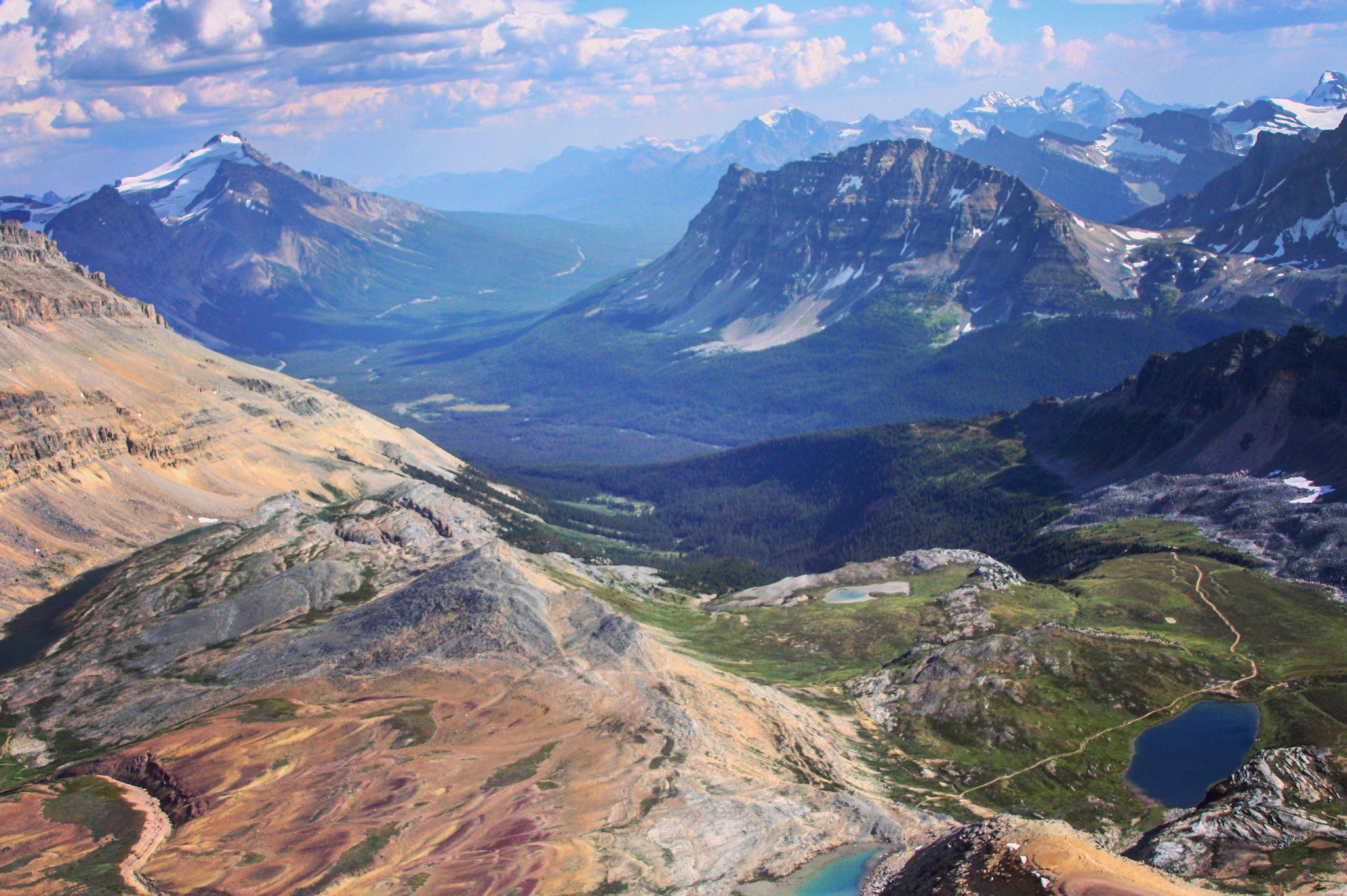KÜHL, the outdoor apparel company, was nice enough to send me a pair of Ramblr shorts from their new line to try out in the mountains. So, where better to give them a test run than the rugged and beautiful North Cascades.
Just a little background, KÜHL has been my preferred outdoor brand for almost a decade now. I’ve hiked in their pants and shorts extensively and put them through a proper durability gauntlet. I slid down Mt. Doom in New Zealand in KÜHL shorts, ran Hawaii’s Kalalau trail in a pair of Kruxs, hiked through monsoon conditions on the Milford Track in Renegades, and even glissaded down Mt. Rainier in their Radikl shorts.
(Just a few things I’ve previously slid/glissaded/fallen down while wearing KÜHL shorts/pants):
Sliding down Mt. Ngauruhoe aka New Zealand’s stand-in for Mt. Doom
Glissading down Mt. Rainier
Exploring the Blue Ridge mountains in Renegades
Despite all the abuse I’ve put them through, I’ve managed to keep the same few pairs of KÜHL shorts and pants intact and in steady rotation. Which is as good of an endorsement as I can give for a piece of outdoor wear. It almost seems like a detriment to KÜHL’s sales that their shorts and pants are so well made, because I’ve never had to replace them, despite my best efforts to destroy them through chaotic hiking.
But this is about testing out the new Ramblr shorts, so let’s get to that.
KÜHL Ramblr Shorts Review
As outlined on their website, the Ramblr is, “Cut from KÜHL’s exclusive ÜBERKÜHL STRETCH™ fabric…and delivers quick drying and lightweight comfort along with excellent abrasion resistance and sun protection (UPF 50). Our unique dying process delivers a classic look and eight convenient pockets make this short versatile enough for almost any warm weather activity.”
Initially, when throwing them on, the material feels a little heavier than previous KÜHL wear I’ve owned, but I don’t mind that extra bit of sun protection and resistance. I’m always finding new and creative ways to beat myself up on the trails and the added sturdiness is a boon.
What I love
The Fit
Fit always comes first for me. I could have a pair of shorts that are everything-proof, but if they don’t fit well, I’ll immediately swap them out for something more comfortable. I’m the type of person who will pay good money for outdoor apparel and then hike in basketball shorts and a threadbare t-shirt for no logical reason. The Ramblr style is a little longer and narrower than shorts I’ve worn in the past, but this is nice considering that I’m on the taller side and nearly all legs. The tradeoff with the extended inseam can be a lot of uncomfortable shifting, bunching and constriction, but I’m happy to report that the Ramblr feels just as good in motion as it does while at rest. Which brings me to the next aspect I really like.
Versatility
I’m particularly stubborn when it comes to changing out gear while on the move, so I’m always searching for apparel that handles itself well in a range of motions, conditions, and activities. I want a pair of shorts I can hike, bike, and lounge in, which, yes, is an unreasonable checklist, but one that the Ramblr still manages to fulfill. It’s night and day compared to when I first moved to the Pacific Northwest and foolishly tried to hike everything in jeans and a JanSport. I’m glad those days are behind me.
Ramblrs double nicely as a versatile bike short
Pockets
I started doing more wildlife photography during the pandemic, so pockets are a big plus for me. I love being able to quickly shove a pair of binoculars in the side or back pockets. I also have an archaically oversized iPhone 8 that still manages to fit snugly in the side pocket, which seems crazy that this cinderblock of a phone fits in any of these pockets, let alone the secondary ones. Credit to the designers for having great pocket options on a piece of apparel that still manages to gracefully avoid feeling like you are dad-pantsing it around the mountains in cargo shorts.
Pockets for days
Fabric
KÜHL fabric has always mystified me. The Ramblrs, like prior KÜHL apparel I’ve owned, breathe, wick, stretch and remain hard to tear in a way that seems contradictory. That is a dream checklist for outdoor apparel. Especially the quick drying aspect of the fabric, which is amazing for anyone who contends with the unpredictable Pacific Northwest rains. There was also a huge front of wildfire smoke moving through the Cascades while we were camping, so having a lightweight, breathable short style was helpful with the unusually high temperatures. Everything smelled like smoke when we got back, but these shorts are so easy to throw in the wash. Another fringe benefit. Easy to wash outdoor gear. It’s really the little things.
Wildfire smoke moving through the Cascades
Making the Grade
The KÜHL Ramblr is my new favorite piece of activewear. They’re lightweight hiking perfection. A superb blend of rugged leggy freedom and versatile protection. Although I’ve still yet to put them through my standard ‘slide down a volcano’ durability test, I’m sure I’ll be wearing them for years to come.






















